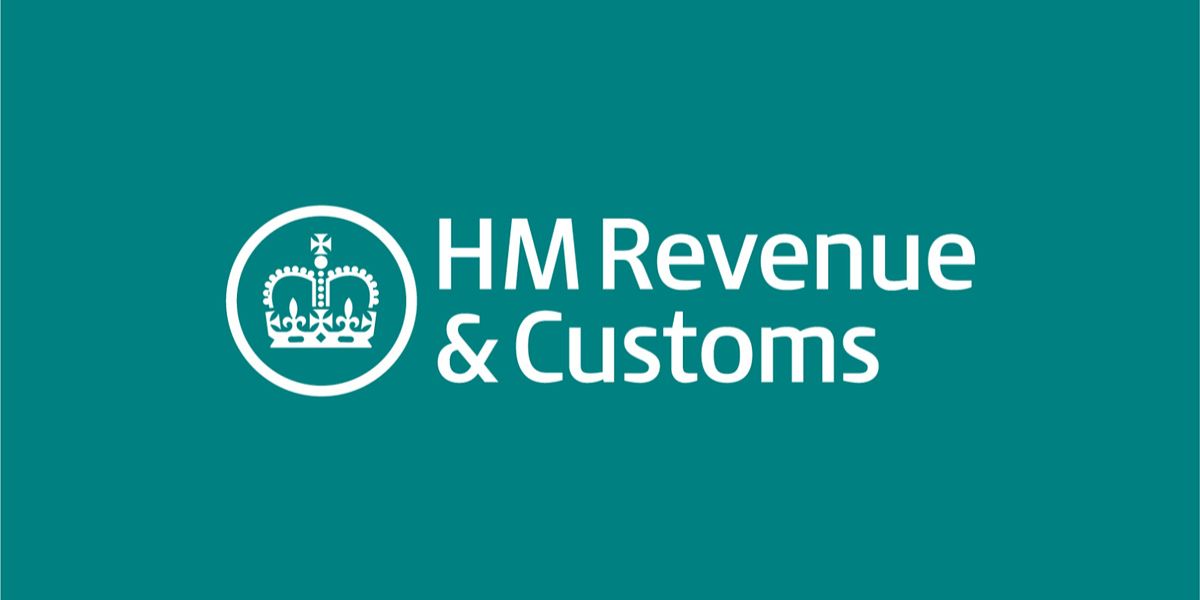On 23 March 2021 the UK government issued a consultation paper on the reform of the taxation of securitisation companies.
Securitisation is used for the purpose of raising finance on the capital markets through the issue of asset-backed securities. In a securitisation, income-producing assets such as loans may be used as collateral backing for the issue of securities by a special purpose vehicle (SPV). The income-producing assets are transferred into the SPV directly or indirectly, and the SPV purchases the assets with the proceeds from the issue of securities. Income flowing from the securitised assets is then paid to the investor in the form of interest. The SPV is mainly acting as a conduit company, just retaining a small amount of profit over the life of the transactions.
As the UK government recognises the role of securitisations in funding, there is a special tax regime in the UK whereby the SPV pays tax only on the cash profit provided that certain conditions are met. An interim tax regime for securitisations was introduced from 1 January 2005 and a permanent regime came into effect from 1 January 2007 with the Taxation of Securitisation Companies Regulations (SI 2006/3296).
Under the regulations a securitisation company is a company that is a party (as a debtor) to a capital market investment, involving the issue of securities, that is part of a capital market arrangement. A capital market arrangement for this purpose is an arrangement involving the issue to third party investors of securities which are rated by an internationally recognised rating agency and are listed on a recognised stock exchange.
The company must be one of five types of securitisation company that are specified in the Regulations and must have provision for a retained profit. The main type of securitisation company in this context is the SPV that issues the securities, the note-issuing company. For a company to qualify as a note-issuing company, in addition to fulfilling the above conditions, the securities representing the capital market investments should be issued wholly or mainly to independent persons; the total value of the capital market investments made for each capital market arrangement must be at least GBP 10 million; and the company’s only business should be acquiring, holding or managing financial assets that form all or part of the security for a capital market arrangement.
A company that fulfils the conditions to be treated as a securitisation company is taxed only on its retained profit for corporation tax purposes.
The transfer of loan capital is generally exempt from Stamp Duty and Stamp Duty Reserve Tax (SDRT) under the loan capital exemption. Owing to some uncertainty about the availability of the exemption on the transfer of notes issued in securitisation arrangements and in insurance linked securities (ILS) arrangements, and on the transfer of pools of loan assets into and within securitisation arrangements, there can be added complexity and cost for securitisations, and this may be one of the reasons why the arrangements are sometimes implemented outside the UK.
The government has issued the consultation paper in relation to areas where it is considering changes to clarify or amend some aspects of the Regulations and of the Stamp Duty loan capital exemption in relation to securitisations and to ILS arrangements. This will be done while keeping the tax provisions well targeted and minimising opportunities for tax avoidance.
The consultation is seeking comments on the circumstances where an originator acquires more than 50% of the securities from the note-issuing company; and is asking for views on changes to the types of assets that can be securitised. Views are also sought on the operation of the note issuance threshold for the note-issuing company and on the application of the exemption from Stamp Duty and SDRT for loan capital to securitisation arrangements and ILS arrangements.















